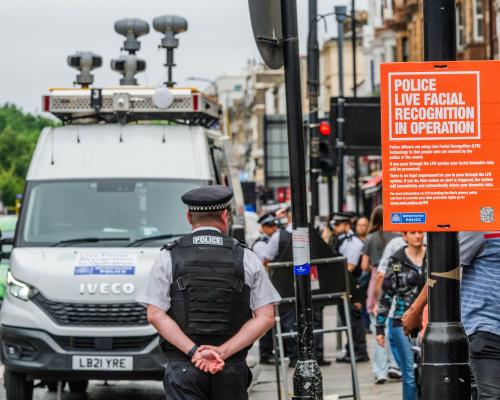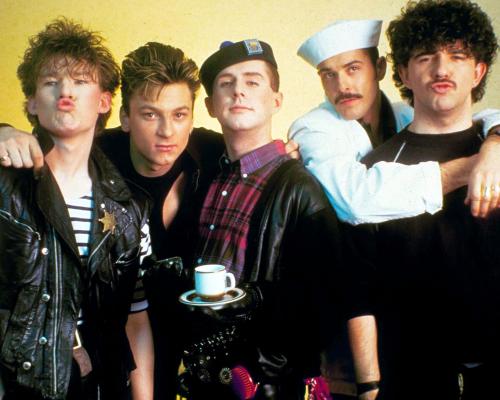
Britain’s biggest police force is to more than double its use of live facial recognition to up to 10 deployments a week.
The move by the Metropolitan police comes as it restructures to cover the loss of 1,400 officers and 300 staff amid budget shortages.
Live facial recognition – which involves the matching of faces caught on surveillance camera footage against a police watchlist in real time – will now be used up to 10 times a week across five days, up from the current four times a week across two days.
The tactic will be deployed at the Notting Hill carnival over the August bank holiday.
An older form of the technology was trialled at the event in 2016 and 2017.
Earlier this month, the Met revealed it had made 1,000 arrests using live facial recognition to date, of which 773 had led to a charge or caution.
Charlie Whelton, a policy and campaigns officer at Liberty, said: “It’s incredibly concerning to see an expansion of facial recognition, especially at a time when there is a complete lack of regulation governing its use.
“Any tech which has the potential to infringe on our rights in the way scanning and identifying millions of people does needs to have robust safeguards around its use, including ensuring that proper independent oversight is in place.
“The government must legislate now to regulate this technology, protect people’s rights, and make sure that the law on facial recognition does not get outpaced by the use.”
The Met commissioner, Mark Rowley, said the technology was used responsibly.
He said: “We’re only using it to look for serious offenders like wanted offenders and registered sex offenders.
“We routinely put it out there and capture multiple serious offenders in one go, many of whom have committed serious offences against women or children, or people who are wanted for armed robbery.
“It’s a fantastic piece of technology. It’s very responsibly used, and that’s why most of the public support it.”
Part of the Met’s overhaul will see officers moved to bulk up the force’s public order crime team, as the force said it has faced increased demand linked to protest-related crimes in the past two years.
The squad will go from 48 to 63 officers due to a rise in the number of protests, particularly related to Israel and Palestine, as well as environmental issues.
Last month, retailers warned that major high streets such as Oxford Street in the West End of London were at risk without urgent national action on crime.
While shoplifting hit a record high in 2024, with the number of offences exceeding 500,000 for the first time, High Streets UK, a group that represents 5,000 UK businesses, called for wider action to deal with all types of crime affecting high streets.
In May, a joint investigation by the Guardian and Liberty Investigates found that police believe live facial recognition cameras may become “commonplace” in England and Wales, according to internal documents, with the number of faces scanned having doubled to nearly 5m in the last year.
Police forces scanned nearly 4.7m faces with the technology last year, more than twice as many as in 2023.
Live facial recognition vans were deployed at least 256 times in 2024, according to official deployment records, up from 63 the year before.
Forces almost doubled the number of retrospective facial recognition searches made last year using the police national database (PND) from 138,720 in 2023 to 252,798. The PND contains custody mugshots, millions of which have been found to be stored unlawfully, of people who have never been charged with or convicted of an offence.
The Home Office has been working with the police to establish a new national facial recognition system, known as strategic facial matcher. The platform will be capable of searching a range of databases including custody images and immigration records.







